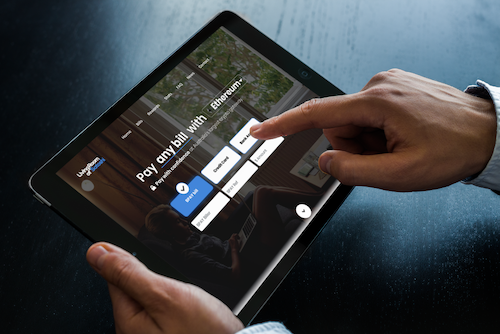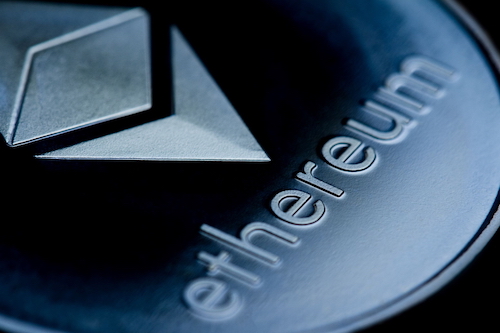Ethereum
A Programmable Blockchain
What is Ethereum?
Ethereum was designed to be a programmable blockchain. The network also has a native currency, which is called Ether or ETH. Developers are using Ethereum to create new types of applications called Dapps (decentralized applications). The goal of Dapps are to leverage cryptocurrency and blockchain technology to program predictable, decentralized applications.
How does Ethereum work?
Similar to Bitcoin, Ethereum operates in a distributed architechture using a blockchain as a shared record of transactions on a public ledger. Instead of using UTXOs to transfer ownership of coins, ETH is transacted in an account and balance manner known as State Transition.
When a user broadcasts their transaction to the network, a miner will include the transaction in a block (for a fee) and the state of ownership will transition from the sender to the receiver.
Ethereum has no fixed supply cap
ETH Circulating Supply
ETH Market Dominance
Average Block Time
Who Created Ethereum
Ethereum was originally described in a paper by Vitalik Buterin in 2013. Development of Ethereum started in 2014 through a non-profit organisation set up for that purpose. The list of original and early founders include Vitalik Buterin, Anthony Di Iorio, Charles Hoskinson, Mihai Alisie, Amir Chetrit, Jeffrey Wilke, Joseph Lubin and Gavin Wood.
The project was funded through a crowdsale of 72 million ETH tokens, which could only be purchased with Bitcoin.

How Many ETH Are There
The Ethereum network launched in July 2015 with 72 million coins minted from the crowdsale.
The number of new coins is controlled by the developers, and inflation is adjusted periodically to keep the ETH issuance within a designated range. The current issuance rate is around 4.5% and is based on the minimum issuance required to secure the network.
How Are New Ether Created
New ETH are added the system as a reward for the miners. The mining reward has been changed several times by the developers to adjust the issuance rate. The current block reward is 2 ETH.
The roadmap for Ethereum is to eventually transition away from proof of work, to a proof of stake model, where mining will not be required. In this model new ETH will be created as a reward for users staking, or locking up their funds, in their wallet.

Other Tokens On The Ethereum Network
Due to Ethereums nature of being a smart contract platform, this established the ability for people to make other digital assets on top of Ethereum. By building tokens on Ethereum the project developers can utilize the existing infrastructure, and not have to worry about making a completely new blockchain. This use case drove the Initial Coin Offering boom of 2017/2018.
ETH tokens can be tracked using a normal Ethereum block explorer, since they are simply an Ethereum smart contract. The most common standard used for tokens is known as ERC20.
ETH to AUD with LRoS
Pay Your Bills With Ethereum
Create Bill
Enter the payment details for your Bpay bill or Bank Account payment.
Send ETH Transaction
Send the exact ETH amount to the Ethereum address we generate.
Bill Paid
When your ETH transaction is confirmed, your bill is paid!
Pay Any Australian Bill With Ethereum. Instantly.
Convert Ethereum to AUD the easy way
Living Room of Satoshi is the simplest way to turn your Ethereum directly into dollars in your bank. Sell your ETH quickly and easily with our secure platform.
Pay bills with the top cryptocurrencies
Along with Ethereum, you also have the option to use many other cryptocurrencies to pay your bills at LRoS. Choose your favourite coin from the list to get started!


